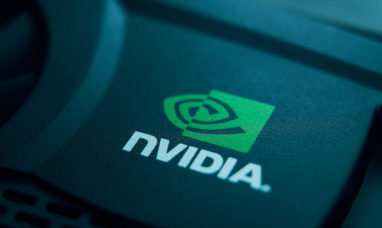Microsoft (NASDAQ:MSFT) is set to release its long-awaited Recall feature for Windows 11. Initially announced in May, this feature saves screenshots, called Snapshots, of user activities across the operating system, allowing users to search for and retrieve them later. If you’ve ever struggled to find an old document or website, the Recall feature will let you describe it and pull up the relevant screenshot. However, the launch was delayed due to security concerns, which have now been addressed.
What is the Microsoft Recall Feature?
The Microsoft Recall feature aims to make it easier for users to access previously viewed content, from documents to websites. Whether you forgot the name of a hotel booking site or need to find a lost document, Recall’s AI-powered search function sifts through your Snapshots to locate the content you need.
Though this feature was anticipated to be a game-changer for productivity, security experts quickly voiced concerns. They feared that hackers or malware could exploit Recall to access sensitive user information. To address these concerns, Microsoft paused the launch to improve its security measures.
Addressing Security: Major Overhauls in Recall
In response to security concerns, the Microsoft Recall feature underwent a significant transformation. One of the most notable changes is that the feature is now opt-in. Previously enabled by default, Recall now requires users to manually activate it. This approach allows users to consciously decide whether they want to use the feature, enhancing privacy control.
David Weston, Microsoft’s Vice President of Enterprise and OS Security, emphasized that this move reflects Microsoft’s commitment to AI security. “I think this is really a statement from Microsoft saying we’re going to put our full power into making AI secure,” Weston explained.
Another key improvement is how Snapshots are encrypted and accessed. Recall’s saved screenshots are encrypted, with access granted only through Windows Hello authentication. This method leverages biometric data, such as facial recognition or a fingerprint reader, to confirm a user’s identity, adding an extra layer of security.
Protection Against Malware and Sensitive Data Capture
Malware protection has been a focal point in the security overhaul of the Microsoft Recall feature. If a user’s device is compromised, Microsoft employs rate-limiting and anti-hammering techniques to prevent malicious software from accessing the Snapshots. These technologies detect if an unauthorized party is attempting to log in repeatedly and require re-authentication through facial recognition or fingerprint, effectively stopping brute-force access attempts.
Additionally, Recall integrates with Microsoft’s Purview software to prevent capturing sensitive information like passwords, credit card details, or national ID numbers. Purview works by analyzing potential sensitive data patterns and excluding them from Snapshots, ensuring that no highly sensitive information is inadvertently stored.
Customizable User Control Over Snapshots
Beyond its security features, the Microsoft Recall feature offers robust user control. Users can decide what type of Snapshots are taken, allowing them to restrict Recall from capturing images of certain applications, browsers, or documents. If users are working in private browsing or incognito mode, Recall automatically recognizes this and refrains from taking screenshots, respecting the user’s privacy settings.
Moreover, if users decide they no longer wish to use the Recall feature, they can fully disable or uninstall it, ensuring complete control over their data.
Security Testing and AI Assurance
Microsoft has taken additional steps to reinforce the security of the Recall feature. The company conducted thorough security reviews using both its internal Microsoft Offensive Research and Security Engineering team and independent third-party experts to test the robustness of Recall. These months-long assessments were designed to ensure that potential vulnerabilities were addressed before its public launch.
The Role of Recall in Microsoft’s Copilot+ PCs
Recall is positioned as a flagship feature within Microsoft’s Copilot+ PCs—a series of high-performance laptops equipped with the latest version of Windows 11 and advanced AI functionalities. Copilot+ PCs are designed to provide enhanced AI-driven experiences, and Recall was intended to be a marquee feature for this lineup. However, the decision to delay Recall’s release until security concerns were resolved meant that, while users could still access the Copilot assistant software, they were missing a critical piece of Microsoft’s AI vision.
With the security enhancements now in place, Microsoft is set to deliver a feature that not only boosts productivity but also upholds the company’s dedication to privacy and data protection.
The Future of Microsoft Recall
The official release date of the Microsoft Recall feature has yet to be announced, but its revamped security measures have set the stage for a safe launch. By focusing on encryption, malware prevention, and customizable user controls, Microsoft aims to reassure users of their data’s safety while enhancing their overall experience with AI-powered tools.
As part of Microsoft’s broader push into AI, Recall is a key component in advancing how users interact with and retrieve information on their devices, all while placing security and privacy at the forefront.
Featured Image: Pixabay© efes









